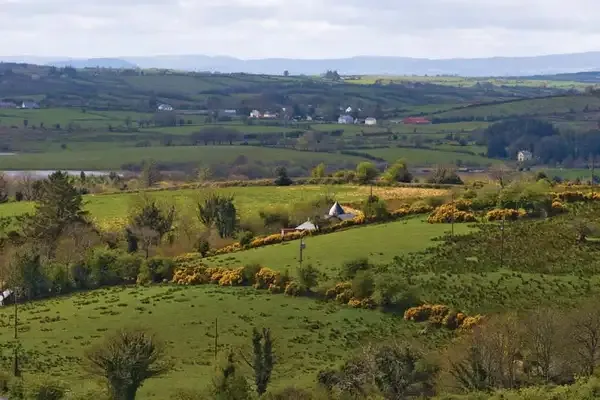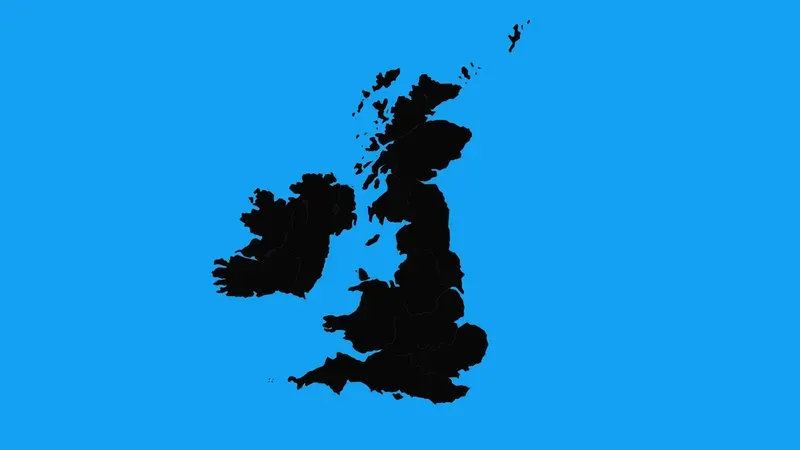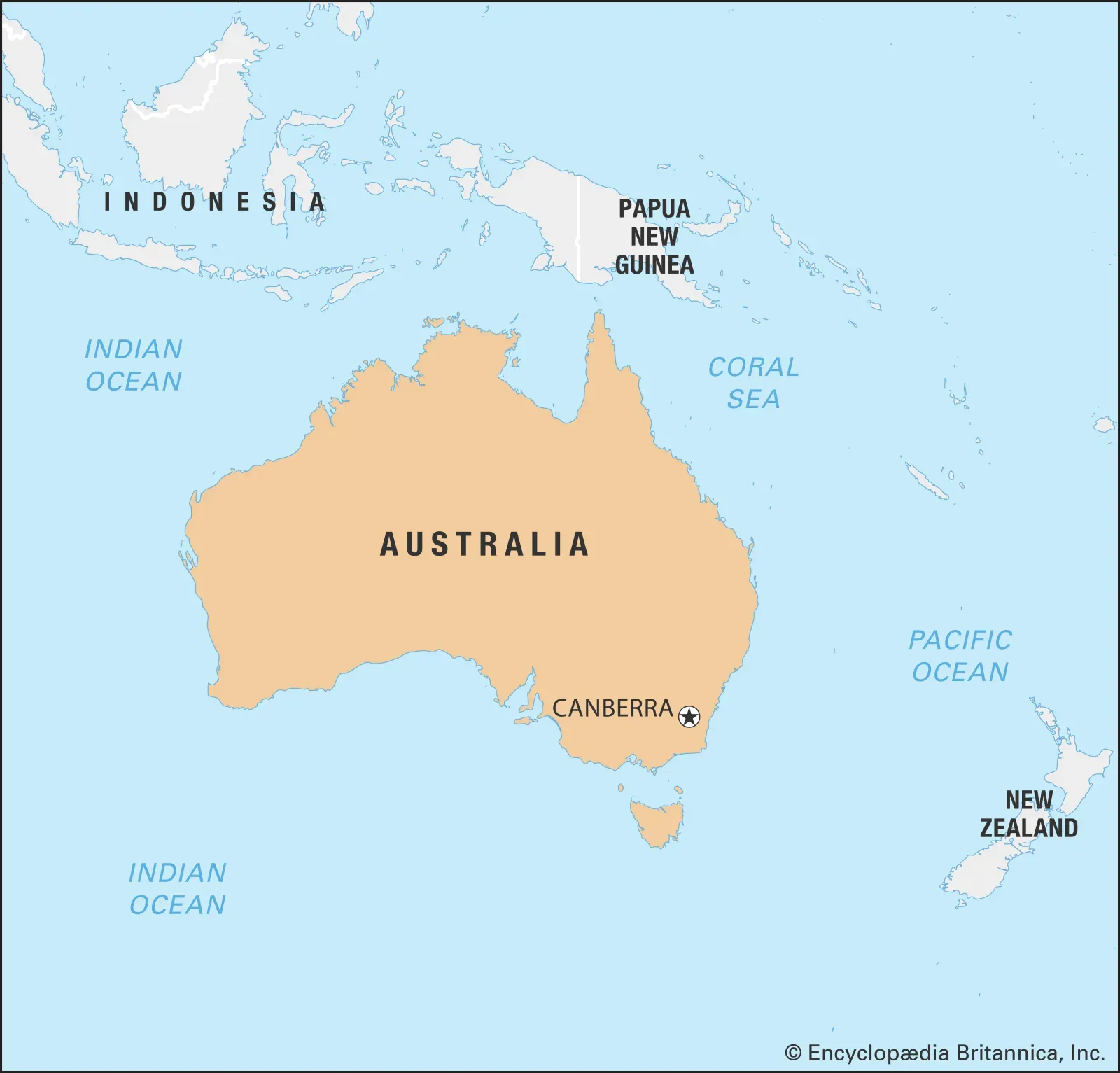What Is the Newest Country in the World?
As of now, the newest country in the world is South Sudan, which gained independence from Sudan on July 9, 2011. This followed a referendum where the majority of the population voted for secession. South Sudan's creation was a result of decades-long conflict and a peace agreement aimed at ending the civil war. The country is rich in cultural diversity and natural resources, but it faces ongoing challenges, including political instability and economic development.

Understanding the Newest Country in the World
As of now, the newest country in the world is South Sudan, which gained its independence from Sudan on July 9, 2011. This historic event marked the culmination of decades of conflict and a long struggle for autonomy. The formation of South Sudan was not only a significant milestone for the people of South Sudan but also a pivotal moment in international politics and African history.
The Path to Independence
The journey towards independence for South Sudan was fraught with challenges. The region experienced a civil war that lasted from 1983 to 2005, which resulted in the loss of millions of lives and massive displacement of people. A peace agreement, known as the Comprehensive Peace Agreement (CPA), was signed in 2005 between the Sudanese government and the Sudan People's Liberation Movement (SPLM), paving the way for a referendum on independence.
In January 2011, a referendum was held in which approximately 98.83% of the voters opted for independence, leading to the formal establishment of South Sudan as the world's newest nation six months later.
Geography and Demographics
South Sudan is located in East-Central Africa and is bordered by Sudan to the north, Ethiopia to the east, Kenya to the southeast, Uganda to the south, and the Central African Republic to the west. It has a diverse geography that includes vast swamps, grasslands, and the Nile River, which plays a crucial role in the livelihoods of its people.
As of the latest estimates, South Sudan has a population of about 11 million, with a rich tapestry of ethnic groups, including the Dinka, Nuer, and Shilluk. The country faces significant challenges, including a lack of infrastructure, ongoing conflict, and humanitarian crises, but it also has vast potential due to its natural resources, particularly oil reserves.
Political Landscape
Since its independence, South Sudan has struggled with internal conflict and political instability. The power struggle between President Salva Kiir and former Vice President Riek Machar led to a civil war that erupted in December 2013. This conflict has caused widespread suffering and displacement, making it one of the most pressing humanitarian crises in the world.
In 2018, peace agreements were signed to end the conflict, but the implementation of these agreements has been slow and fraught with challenges. The international community continues to monitor the situation closely, providing humanitarian aid and support for peacekeeping efforts.
International Recognition and Relations
Upon gaining independence, South Sudan became a member of the United Nations and the African Union. The country is recognized by most nations worldwide, although it faces diplomatic challenges due to its internal conflicts and human rights issues. The international community plays a crucial role in supporting South Sudan's development through aid, peacekeeping missions, and diplomatic efforts.
Economic Situation
The economy of South Sudan is primarily based on oil production, which accounts for a significant portion of its GDP and government revenue. However, the country has faced economic challenges, including fluctuating oil prices, corruption, and the impacts of ongoing conflict.
Efforts to diversify the economy are underway, with potential in agriculture, mining, and tourism. However, significant investment and infrastructure development are needed to realize this potential.
Current Challenges and Future Prospects
South Sudan is still grappling with numerous challenges, including:
- Humanitarian crises: Millions of people are in need of humanitarian assistance due to conflict, displacement, and food insecurity.
- Political instability: Ongoing power struggles and lack of effective governance hinder progress.
- Economic difficulties: Reliance on oil and lack of diversification pose risks to economic stability.
Despite these challenges, there is hope for a brighter future. Continued dialogue, peacebuilding efforts, and international support are essential for South Sudan to build a stable and prosperous nation.
Conclusion
South Sudan, the newest country in the world, is a testament to resilience and the pursuit of self-determination. While it faces numerous challenges, the potential for growth and development exists. The journey of South Sudan is still unfolding, and the world watches closely as this young nation strives to carve out its identity and future.
Key Takeaways
In summary, here are the essential points related to the newest country in the world:
| Aspect | Details |
|---|---|
| Country | South Sudan |
| Independence Date | July 9, 2011 |
| Population | Approximately 11 million |
| Key Ethnic Groups | Dinka, Nuer, Shilluk |
| Main Economic Activity | Oil production |
As South Sudan continues to navigate its path, understanding its history and current situation is crucial for anyone interested in global affairs and the dynamics of newly formed nations.












